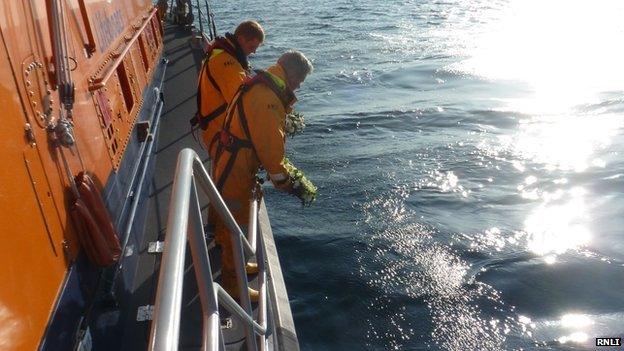Super Puma instruments 'not monitored effectively' before crash
- Published
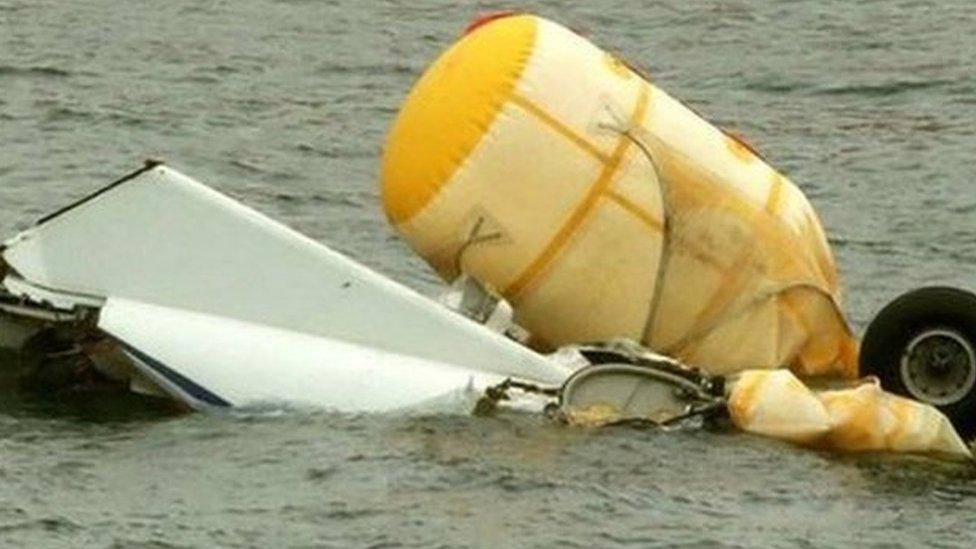
Four people died in the 2013 crash
A report into a helicopter crash off Shetland in which four people died has said flight instruments were "not monitored effectively" by pilots in the moments leading up to the incident.
The CHC Super Puma plunged into the sea on its approach to Sumburgh in August 2013.
The Air Accidents Investigation Branch (AAIB) said a lack of monitoring meant a reduction in air speed was not noticed by the pilots, external.
Attempts to recover were too late.
The report stated the investigation identified two main "causal factors".
It said: "The helicopter's flight instruments were not monitored effectively during the latter stages of the non-precision instrument approach.
"This allowed the helicopter to enter a critically low energy state, from which recovery was not possible.
"Visual references had not been acquired by the Minimum Descent Altitude (MDA) and no effective action was taken to level the helicopter, as required by the operator's procedure for an instrument approach."
Fourteen rescued
The report explained: "The decreasing airspeed went unnoticed by the pilots until a very late stage, when the helicopter was in a critically low energy state.
"The commander's attempt to recover the situation was unsuccessful and the helicopter struck the surface of the sea.
"It rapidly filled with water and rolled inverted, but was kept afloat by the flotation bags which had deployed."
No evidence was found of any engineering issues causing the crash.
Passengers Sarah Darnley from Elgin, Gary McCrossan, from Inverness, Duncan Munro, from Bishop Auckland, and George Allison, from Winchester, lost their lives in the crash on 23 August 2013.
Fourteen people were rescued.
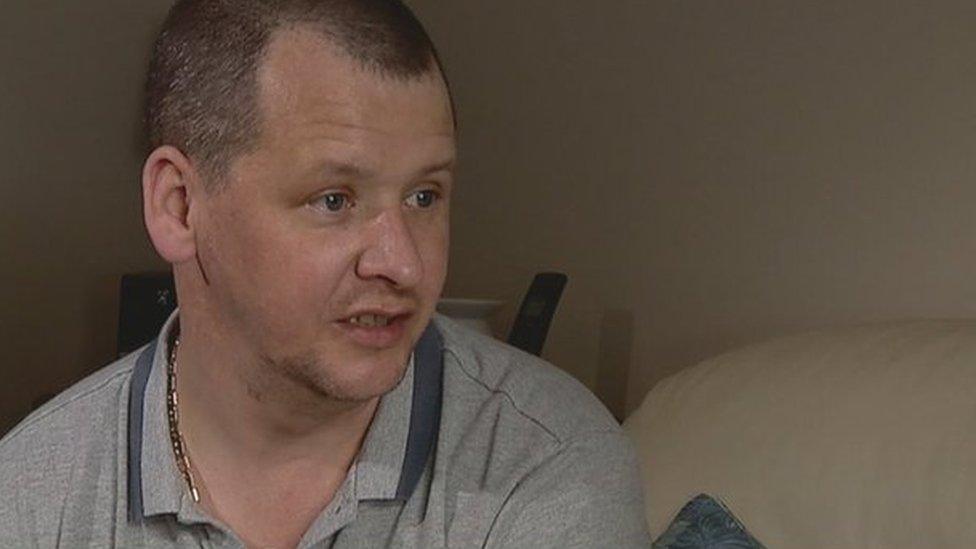
Martin Tosh survived the "terrifying" helicopter crash
The report said the impact with the water was "survivable".
Of the four dead, the conclusions said one was unable to escape, one was incapacitated by a head injury, one drowned before reaching the surface, and the other died in the life raft from a chronic heart condition.
Martin Tosh was one of the fourteen survivors of the crash, and said he was concerned the safety recommendations made by the AAIB do not go far enough.
He said the experience of "falling out the sky" was "absolutely petrifying".
He said: "I need closure but I am not going to get closure any time soon."
A total of 28 safety recommendations have been made but the report said many of them have already been implemented.
In February 2014, the Civil Aviation Authority announced a series of measures aimed at improving offshore helicopter safety following an inquiry set up in the wake of the Shetland crash.
They included helicopters not being allowed to fly offshore in severe sea conditions, passengers having to be seated next to emergency exits, and a size limit for those on board.
'Priority is safety'
Duncan Trapp, vice president for safety and quality at CHC Helicopter, said: "CHC deeply regrets the tragic Sumburgh accident, and we continue to extend our sympathies to the survivors and to the loved ones of those who died.
"Our priority is always the safety of our passengers and crews and we would like to thank the Air Accidents Investigation Branch (AAIB) for its thorough investigation.
"Although the AAIB makes no recommendations specific to CHC, immediately after the accident, and in the time since, we put in place additional measures to further improve safety.
"Among those actions, we have enhanced crew monitoring procedures and supported the industry-wide deployment of improved emergency breathing systems and training for offshore passengers and crew."

There is a memorial at Sumburgh Airport memorial
A Crown Office spokesman said: "The Crown welcomes the publication of the report by the Air Accidents Investigation Branch into the Sumburgh helicopter crash on 23 August 2013.
"The report's findings will be fully considered as part of the parallel investigation by Police Scotland, working with the assistance of the Civil Aviation Authority and under the direction of the Crown.
"We will endeavour to carry out our investigation as quickly as possible but the investigation is highly complex and challenging and requires specialist input from those with the necessary expertise in civil aviation.
"We will continue to keep the families advised of progress with the investigation."
'Tragic accident'
The British Airline Pilots' Association (Balpa) said: "The Sumburgh incident was a tragedy for all those involved. Any accident, especially those resulting in loss of life, needs to be examined extremely carefully so that all the lessons can be learnt and similar accidents avoided in the future.
"Many safety improvements have already been made to helicopter operations since this tragic accident but pilots and safety experts will be examining the report to identify what more can be done to avoid a repeat.
"The challenge will be to drive up industry-wide standards at a time when the drive to reduce contract prices puts those standards under pressure."
Mick Borwell, health and safety director at industry body Oil and Gas UK, said: "We will take time to carefully examine its findings. Our thoughts are with the families, friends and colleagues of those not with us today.
"There are many recommendations in this report aimed at improving both flight operations and post-crash survivability. Oil and Gas UK supports the move to further enhance the safety of offshore helicopter flights.
"Everyone has the right to get to and from their workplace safely and we must respond to the learnings in this report. Industry will continue to work with the helicopter operators, regulators and the workforce to make offshore operations as safe as they can be."
- Published23 October 2015

- Published7 July 2015
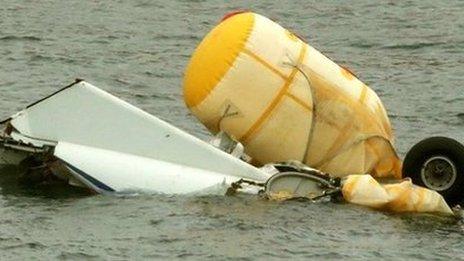
- Published19 June 2015

- Published19 May 2015
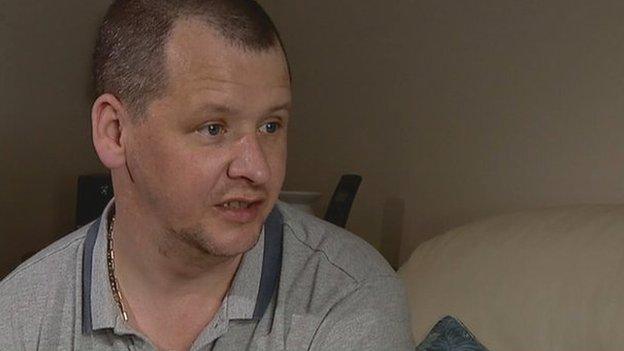
- Published6 January 2015

- Published26 August 2014

- Published24 August 2014
